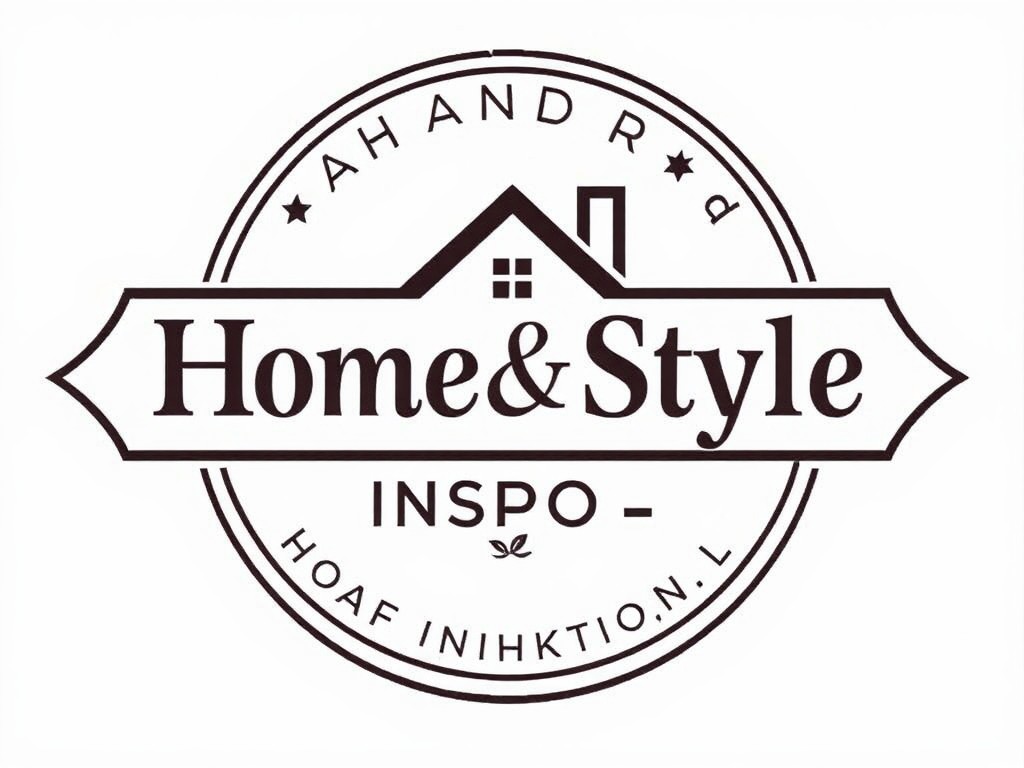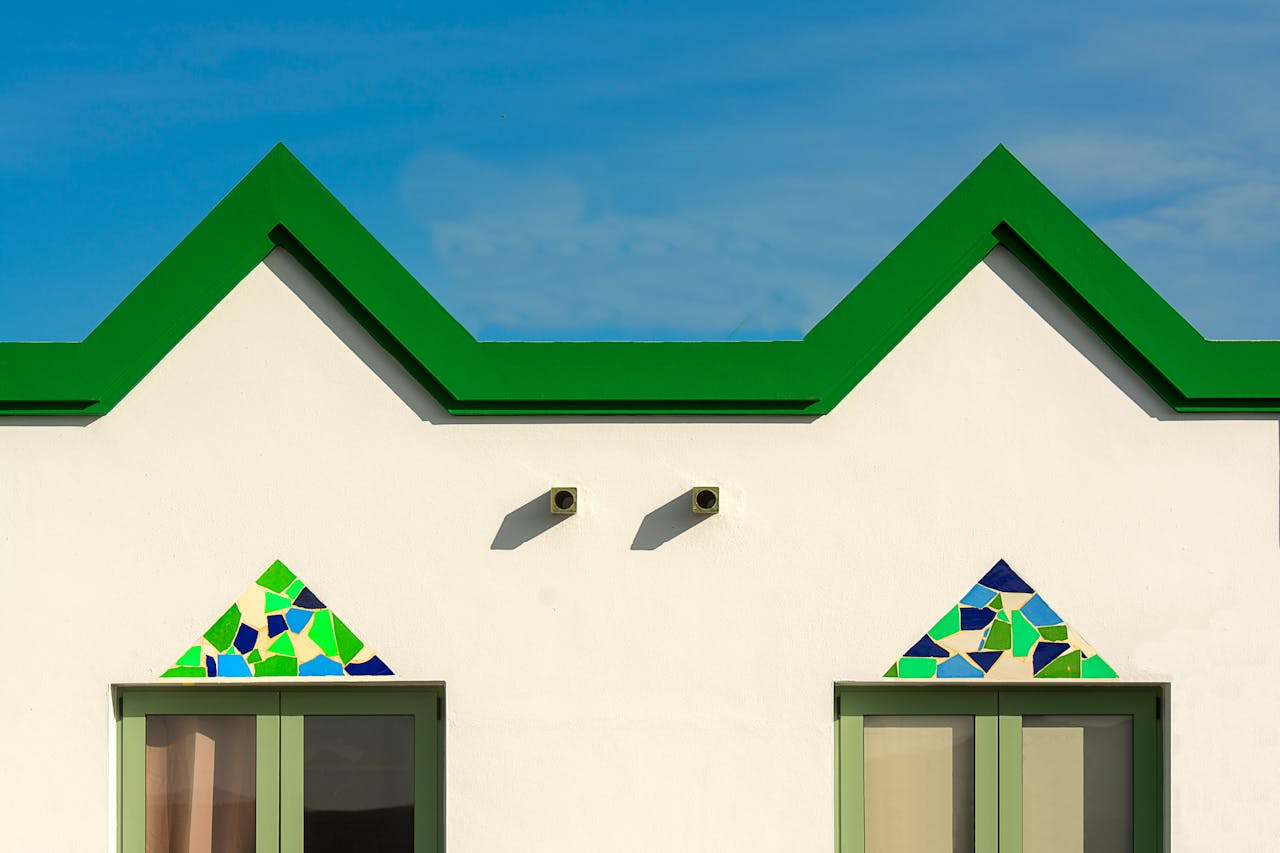As we navigate the 21st century, urban landscapes are increasingly being transformed by a trend towards more sustainable practices. Green roofs have emerged as a significant aspect of this shift. These structures, which combine vegetation and roofing systems, offer numerous benefits for city buildings. Amidst this backdrop, if you’re considering building a green roof on your UK inner-city office, it’s essential to be aware of the guidelines that govern this process. This comprehensive guide will provide detailed insights into the specifics of setting up a green roof, from policy requirements to cost analysis.
Understanding Green Roofs
Before delving into the guidelines, let’s first understand what a green roof is. A green roof, also known as a living roof, is a layer of vegetation planted over a waterproofing system installed on a flat or slightly sloped roof of a building. It is more than just an architectural trend; it is a sustainable building practice that is gaining popularity in urban cities worldwide.
Sujet a lire : How do you navigate planning permissions for loft conversions in UK conservation areas?
When we talk about green roofs, we refer to a system that can be broadly categorized into two types: intensive and extensive. Intensive green roofs are thicker, require more maintenance, and can support a wider variety of plants. On the other hand, extensive green roofs are less maintenance-intensive, thinner, and typically use fewer types of vegetation.
The Benefits of Green Roofs
Green roofs bring a multiplicity of benefits to urban areas. They help reduce the urban heat island effect, manage stormwater by delaying and reducing runoff, increase biodiversity, and provide opportunities for urban agriculture. Moreover, green roofs have been found to improve air quality, reduce noise pollution, and even enhance the aesthetic appeal of buildings.
A découvrir également : What are the steps to create a wildlife-friendly garden in a semi-detached home in London?
A scholarly analysis conducted by Google Scholar shows that green roofs also contribute to energy efficiency. They provide natural insulation, reducing the need for heating during winter and air conditioning during the summer, which in turn leads to lower energy costs.
Guidelines for Building a Green Roof in an Inner-City Office in the UK
The UK’s policy on green roofs is both comprehensive and clear. Let’s dive into the key guidelines you need to follow while constructing a green roof on your UK inner-city office building.
Legal Requirements and Planning Permission
In most cases, you will need planning permission to install a green roof in the UK. However, some exceptions do apply. For instance, if the green roof installation does not involve any structural alterations to the building or if it falls under permitted development rights, you can bypass the need for planning permission.
Technical Standards
To ensure that your green roof is structurally sound and safe, you should adhere to the technical standards outlined in the UK’s green roof code of practice. This code sets out the specifications for waterproofing, root resistance, load-bearing capacity, wind uplift, and fire resistance, among other aspects.
Access and Maintenance
The green roof must be designed in a way that allows for regular maintenance. This includes providing safe access for routine tasks like clearing drains and gutters, as well as for long-term tasks like replacing the waterproofing layer.
Cost Analysis for Green Roofs
Building a green roof requires a substantial upfront financial investment. However, it’s important to look at this cost in relation to the lifespan of the roof and the savings that it can bring about.
According to a study published in CrossRef, the cost of a green roof in London can range from £100 to £200 per square meter. The variation is due to factors such as the type of green roof, the complexity of the building structure, and the chosen vegetation.
However, these costs can be offset by the savings made on energy bills, the increased lifespan of the roof, and potential tax incentives offered by local governments for green building practices.
Choosing the Right Vegetation
Selecting the right vegetation is a crucial aspect of creating a successful green roof. The plants you choose must be able to withstand varying weather conditions, require little maintenance, and contribute to the ecological function of the roof.
In the UK, hardy plants like sedums, grasses, and wildflowers are commonly used on green roofs due to their ability to thrive in the country’s climate. These plants are also great for attracting bees, butterflies, and other beneficial insects, boosting local biodiversity.
In conclusion, constructing a green roof in a UK inner-city office requires careful planning, adherence to legal and technical guidelines, and thoughtful consideration of costs and vegetation. However, the benefits that these roofs bring to urban environments are well worth the effort and investment.
Selecting Appropriate Green Roof Systems
When contemplating the installation of a green roof on your inner-city office in the UK, understanding the different green roof systems is crucial. There are several systems to choose from, and your choice will depend on your building’s structure, your budget, and your building’s purpose.
Green roofs can be classified into three main types: extensive, intensive, and semi-intensive. Extensive green roofs are the simplest and least expensive to install. They consist of a thin layer of growing medium and are usually planted with low-maintenance plants like sedums. Extensive green roofs are ideal for locations where access for maintenance is limited.
Intensive green roofs, on the other hand, are more complex. They have a thicker growing medium that can support a wider variety of plants, including shrubs and small trees. Intensive green roofs are more like traditional gardens and require regular upkeep. They’re suitable for buildings with strong roof structures and where the roof area is intended for use by building occupants.
Semi-intensive green roofs strike a balance between the two. They require moderate maintenance and can support a broader range of vegetation than extensive roofs but less than intensive roofs. The choice between these roof systems will largely depend on your goals, budget, and the building’s structural capacity.
To maximise the benefits of your green roof, consider integrating other green infrastructure elements, such as solar panels. Solar panels can be installed alongside the vegetation to harness renewable energy, further reducing the building’s carbon footprint.
Keeping Up with Maintenance
Once your green roof is installed, an ongoing commitment to maintenance is necessary. A green roof isn’t a one-and-done project; it requires consistent care to ensure its health and longevity.
Maintenance tasks typically include watering during dry spells, weeding, fertilising, and inspecting the drainage layer and waterproofing layer. An annual inspection by a green roof professional is also recommended to identify any potential issues early.
While the need for maintenance may seem daunting, it’s worth remembering that the level of maintenance required is largely determined by the type of green roof system chosen. Extensive green roofs require less maintenance than their intensive counterparts.
Conclusion
In conclusion, building a green roof on your UK inner-city office building is a worthy investment. It offers numerous benefits such as improved air quality, increased biodiversity, and energy savings. However, it requires careful planning and adherence to specific guidelines and standards.
Choosing the right roof system and vegetation, understanding the costs involved, and planning for future maintenance are all important steps in the process. Although the process may seem challenging, the benefits that a green roof brings to the urban environment, the workplace, and the broader community make it an investment well worth considering. Remember, green roofs are more than just a trend; they’re an integral part of sustainable urban green infrastructure for the future.






